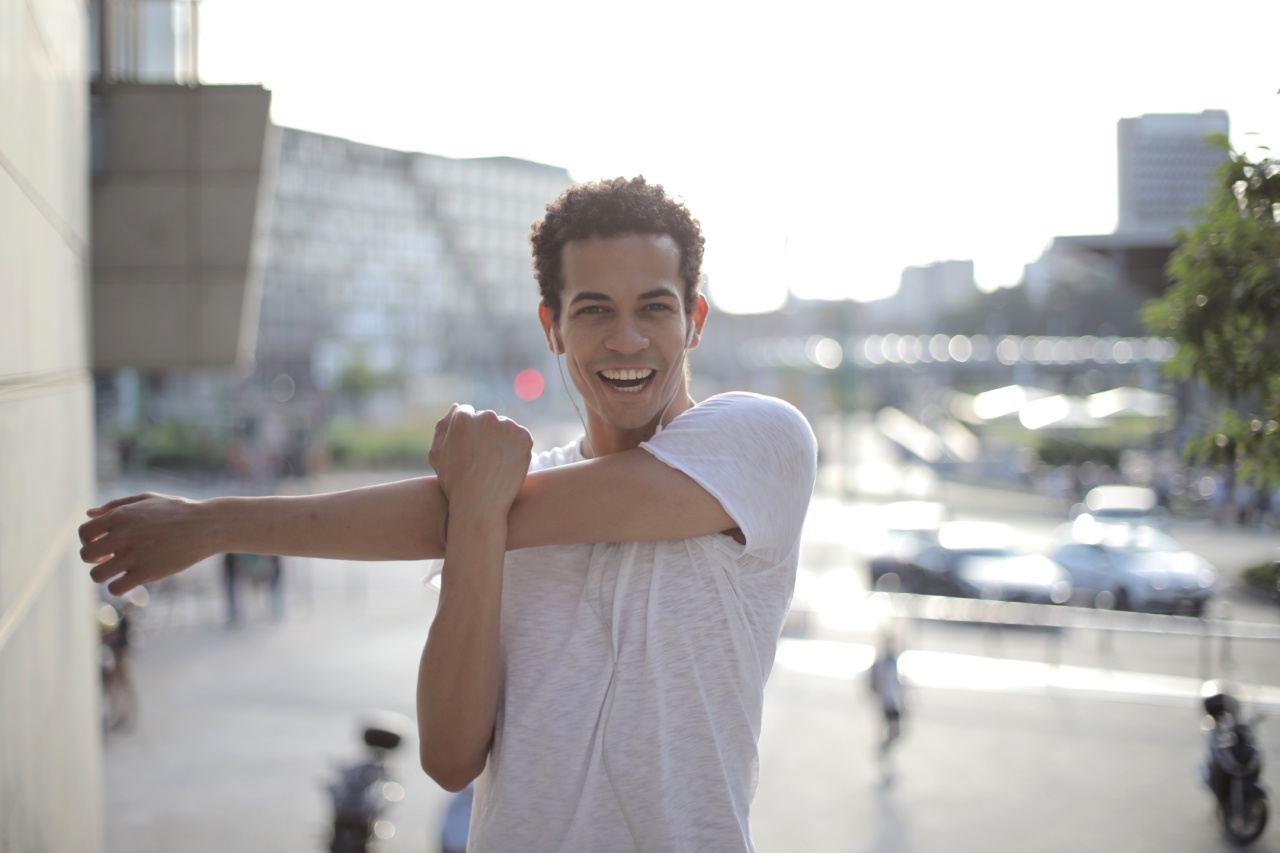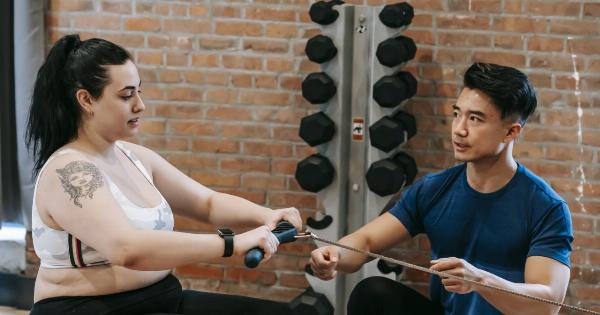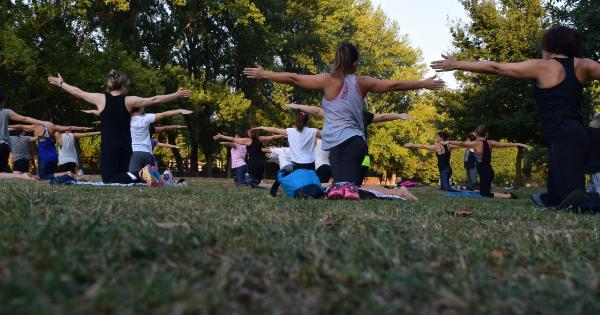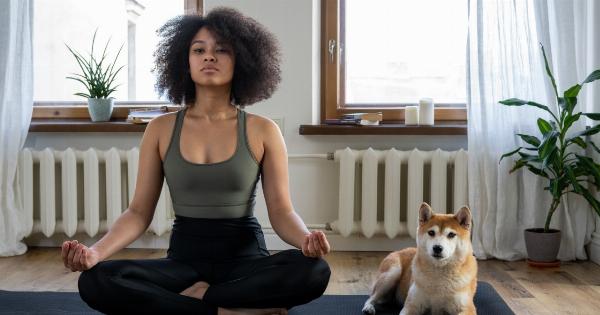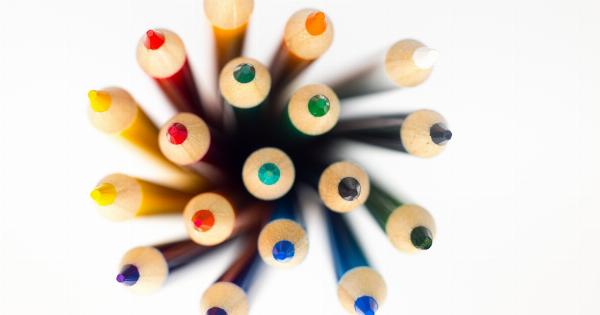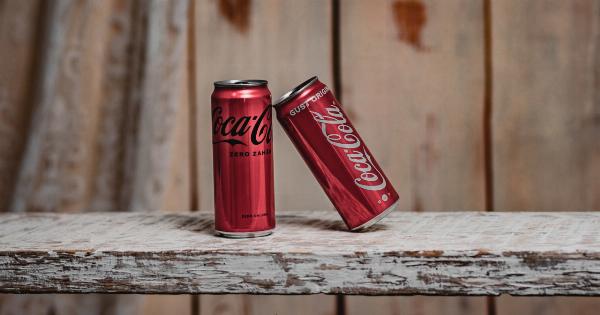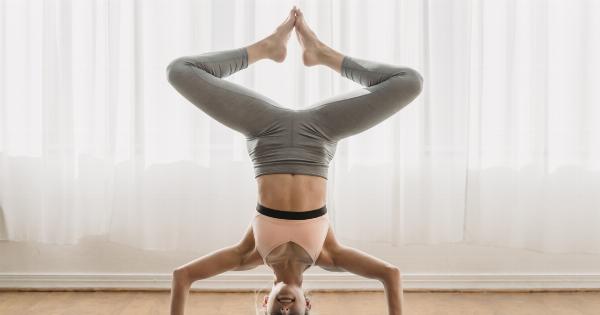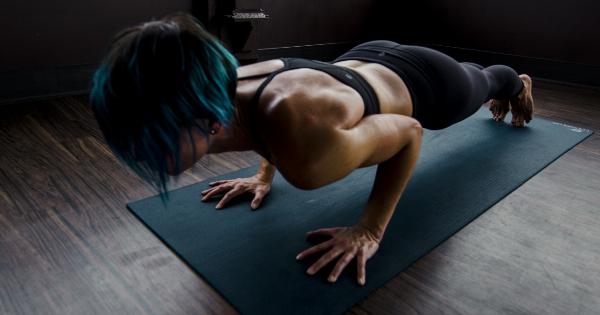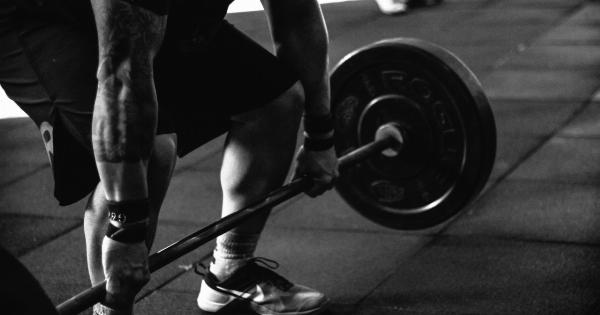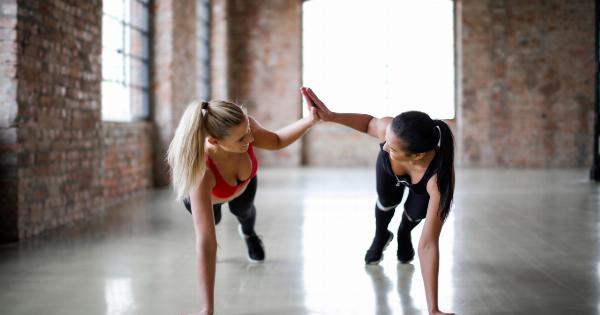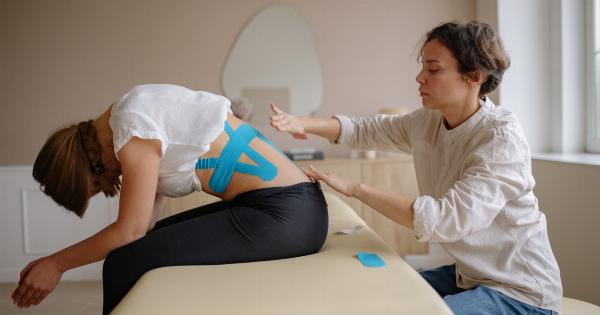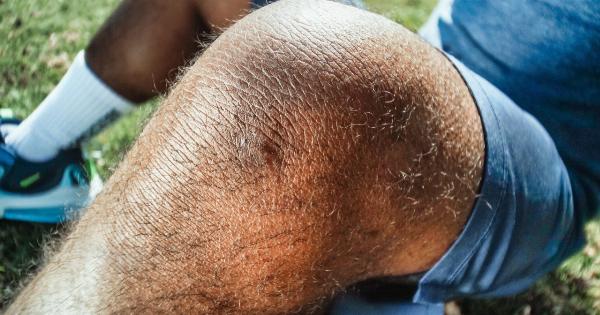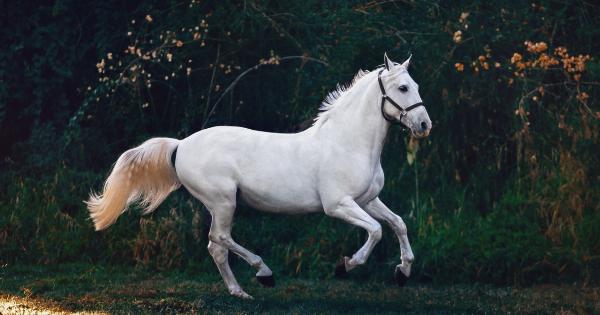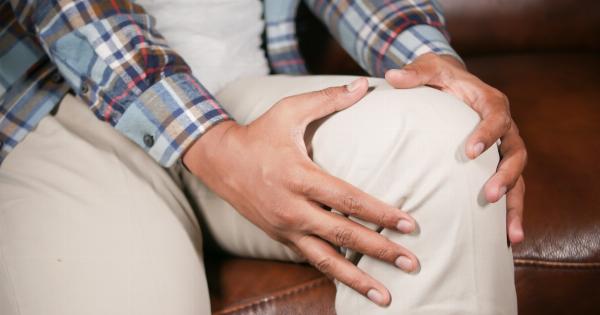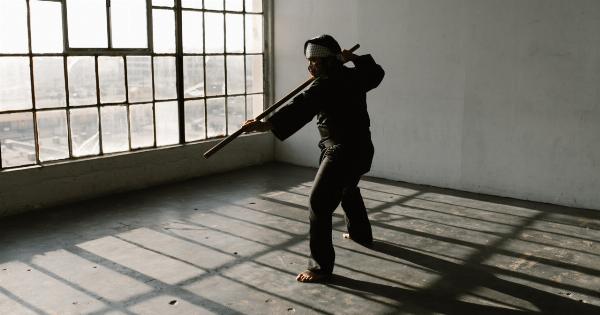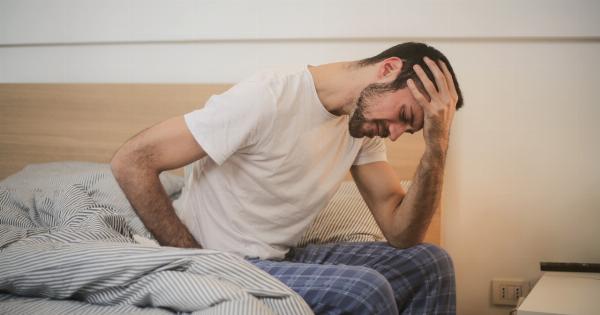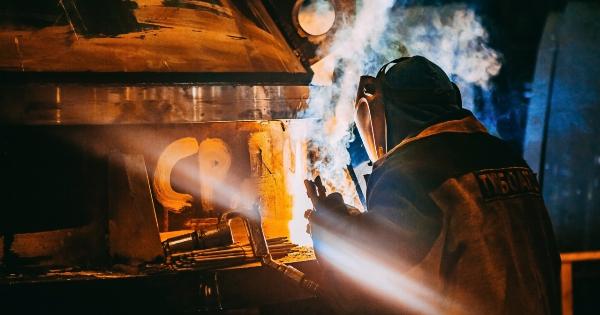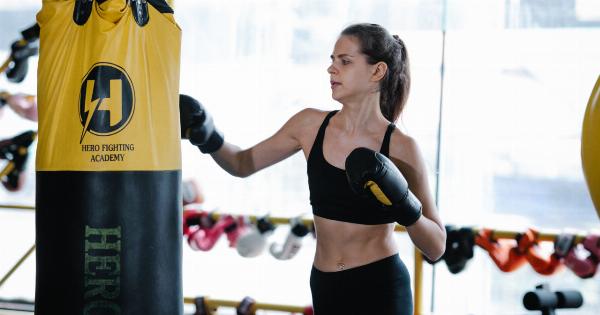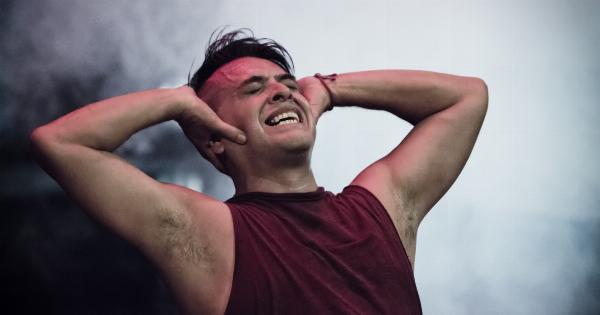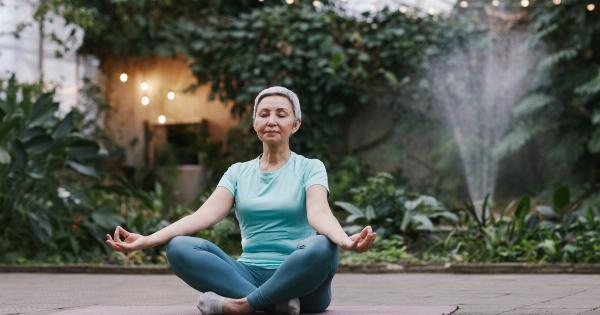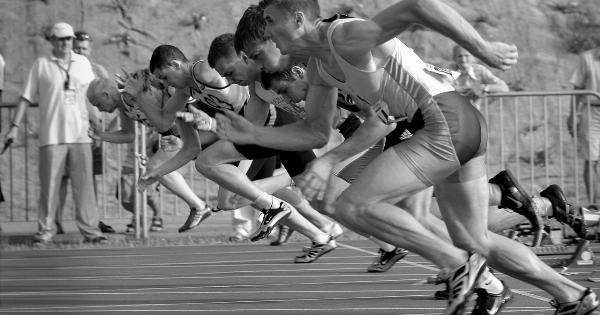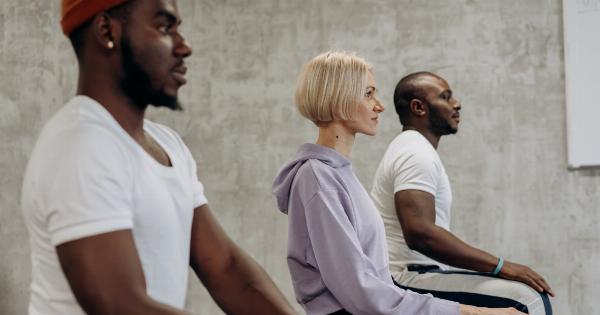Gymnastics is a physically demanding sport that requires power, flexibility, balance, and agility. It involves performing various exercises that put stress on different muscle groups.
Without proper preparation, gymnastics can cause muscle aches, strains, and sprains that can take weeks to heal. However, by incorporating stretching into your training routine, you can prevent these injuries and improve your performance.
In this article, we will discuss the importance of stretching in gymnastics and provide some stretching exercises that can help prevent muscle aches.
Why Is Stretching Important in Gymnastics?
Stretching is crucial for gymnasts because it prepares their muscles for the high-impact exercises they will perform during their training or competition. It increases the blood flow to the muscles, which helps nourish them with oxygen and nutrients.
Stretching also improves flexibility, range of motion, and muscle strength. When the muscle fibers are elongated, they are less likely to tear or strain during intense physical activity.
Stretching can also help prevent muscle aches and soreness after a workout. When you perform a high-intensity exercise, your muscles experience microtrauma, which is the tearing of muscle fibers.
This is a natural process that helps build muscle strength and endurance. However, if you do not stretch properly after a workout, the muscle fibers may become stiff and tight, causing pain and discomfort. Stretching helps alleviate muscle soreness by increasing blood flow to the affected areas and reducing inflammation.
Types of Stretching Exercises
There are several types of stretching exercises that gymnasts can perform before and after their workouts. These include static stretching, dynamic stretching, proprioceptive neuromuscular facilitation (PNF) stretching, and foam rolling.
Static Stretching
Static stretching involves holding a stretch in a fixed position for a period of time, usually between 15-30 seconds. This type of stretching is ideal for improving flexibility and range of motion. Some examples of static stretching exercises include:.
- Hamstring stretch
- Quad stretch
- Shoulder stretch
- Tricep stretch
Dynamic Stretching
Dynamic stretching involves performing a continuous, controlled movement through a full range of motion. This type of stretching is ideal for warming up the muscles before a workout and improving flexibility and mobility.
Some examples of dynamic stretching exercises include:.
- Walking lunges
- High knees
- Butt kicks
- Arm circles
Proprioceptive Neuromuscular Facilitation (PNF) Stretching
PNF stretching is a type of stretching that uses a partner to help facilitate the stretch. It involves contracting the muscle being stretched, then relaxing it while the partner pushes the stretch further.
This type of stretching is ideal for improving range of motion and muscle strength. Some examples of PNF stretching exercises include:.
- Hamstring stretch with partner
- Quad stretch with partner
- Shoulder stretch with partner
- Tricep stretch with partner
Foam Rolling
Foam rolling is a type of self-massage technique that involves using a foam roller to apply pressure to different muscle groups. This type of stretching is ideal for reducing muscle soreness and improving flexibility.
Some examples of foam rolling exercises include:.
- Upper back foam rolling
- IT band foam rolling
- Quad foam rolling
- Calves foam rolling
When to Stretch in Gymnastics?
Stretching should be incorporated into every gymnast’s training routine. It is best to stretch before and after each workout to prevent muscle aches and soreness.
Before a workout, perform dynamic stretches to warm up your muscles and increase blood flow. After a workout, perform static stretches to cool down your muscles and improve flexibility. You can also incorporate PNF stretching and foam rolling into your cool-down routine to further reduce muscle soreness.
Conclusion
Stretching is an essential component of any gymnast’s training routine. It prepares the muscles for high-impact exercises, improves flexibility, prevents muscle aches and soreness, and promotes muscle strength and endurance.
There are several types of stretching exercises that gymnasts can perform, including static stretching, dynamic stretching, PNF stretching, and foam rolling. By incorporating stretching into your routine, you can improve your performance and prevent injuries.
